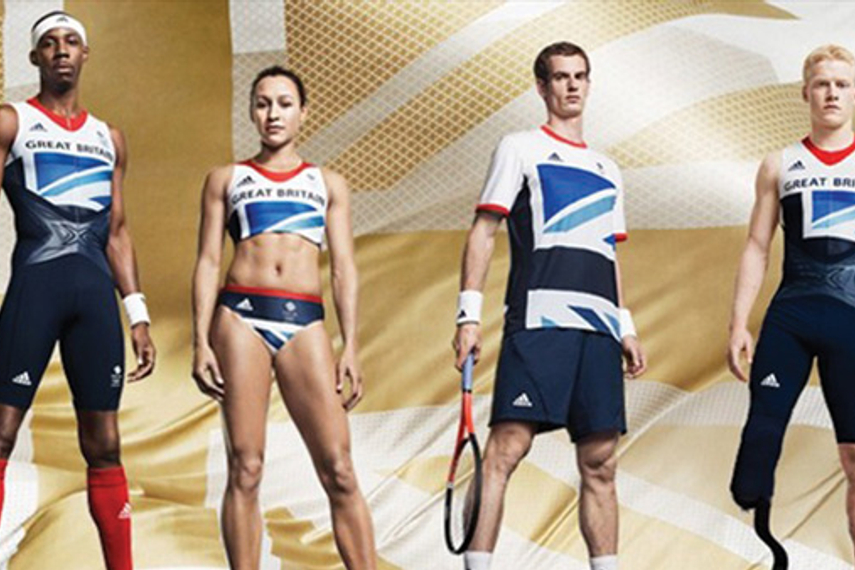
Please sign in or register
Existing users sign in here
Having trouble signing in?
Contact Customer Support at
[email protected]
or call+91 022 69047500
In 2007, Wolff Olins, the London-headquartered branding agency was handed the mandate of creating the emblem and associated corporate identity for the London Olympic Games and Paralympic Games 2012. It’s been five long years for the agency. Initial criticism of the logo has given way to appreciation of the branding effort with multiple applications. Days before the Games are flagged off, Gunjan Prasad spoke with Charles Wright, MD, Wolff Olins, to understand the evolution of the ‘2012’ brand.

Contact Customer Support at
[email protected]
or call+91 022 69047500
Top news, insights and analysis every weekday
Sign up for Campaign Bulletins
HUL to take down digital versions of the campaign; Honasa removes social media posts making a reference to Lakmé.
Aims to help brands deliver 3x consumer engagement for their IPL ad campaigns.
Creator journalists and UGC are starting to draw more attention from advertisers wary of potentially distressing content on news brands.
Wren was speaking at the Q1 earnings call and expects to close the IPG acquisition in H2 2025.